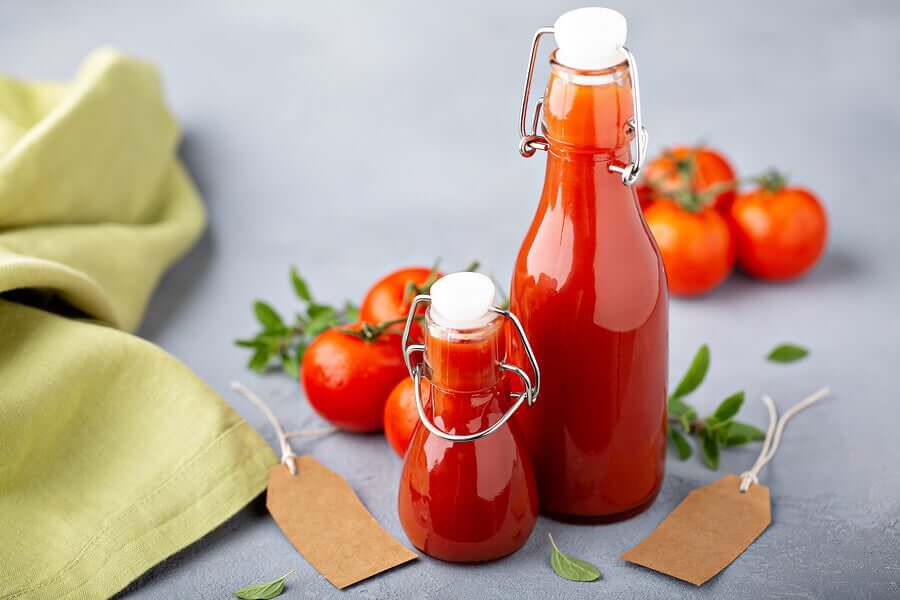How to Prevent Food Poisoning


Written and verified by the nutritionist Saúl Sánchez Arias
In this article, we’ll teach you the precautions you should take to prevent food poisoning. Last year in Spain, for instance, 357 people were affected by 21 outbreaks of foodborne illness.
The most common type was caused by a bacteria known as Salmonella that’s most commonly found in raw or undercooked eggs. During the summer, when temperatures are higher, the chances of becoming intoxicated by this bacteria increase.
For this reason, you should keep some precautions in mind to guarantee health and prevent possible cases of food poisoning. Take them into account!
Keys for preventing food poisoning
According to information published in the medical journal Paediatrics & Child Health, children, the elderly, and those with a weakened immune system tend to experience more issues due to the germs present in food.
However, this same report highlights that there are preventative measures to help promote food safety for the entire family. Ahead, we’ll detail the most important precautions.
Cook food thoroughly
Most of the bacteria that cause infections or food poisoning aren’t very resistant to either heat or cold. Their ideal temperature range is quite specific and tends to be similar to human body temperature.
In this way, cooking foods completely is a great strategy for eliminating possible pathogenic bacteria. In certain foods like milk, this heat treatment is performed in the factory.
However, when it comes to meat and eggs, each consumer’s mission should be to cook them thoroughly before consumption. Leaving meat red inside poses a greater risk for health, especially if the meat or fish wasn’t exactly stored correctly before cooking.
Ground beef in hamburgers is a typical example. Sometimes this meat can contain large quantities of a type of bacteria known as E. Coli. The meat needs to reach an internal temperature of 160 degrees Fahrenheit to ensure its safety.

Freeze fish to avoid food poisoning
Other harmful organisms like Anisakis are sensitive to cold. Freezing fish that could contain these organisms, such as hake, ensures their death. Cooking fish completely to destroy possible larvae reduces the risk considerably.
Becoming intoxicated with this organism is especially dangerous because it can trigger anaphylaxis, as shown in a study published in Internal Medicine.
Thaw food in the refrigerator
Thawing foods at room temperature promotes the reproduction of pathogens they may contain and the flourishing of their spawn. In these cases, it’s best to thaw food products in the refrigerator. Defrosting food in the microwave is also an effective option.
Keep raw food separate from cooked food to prevent food poisoning
This will avoid possible cross-contamination between foods. It’s important to separate meat from fish and seafood, both when storing foods and before the cooking process.
Don’t keep opened tomato sauce for more than 3 or 4 days
A common error and a source of botulism intoxication comes from leaving opened jars of tomato sauce in the refrigerator over many days. This food is a great breeding ground for Clostridium botulinum.
It’s the bacteria that produce Botulinum toxin (botox). When ingested, it produces progressive paralysis of the body and organs, which triggers multi-0rgan failure. This bacteria and its toxin are quite sensitive to heat. Therefore, cooking food thoroughly also reduces the risk of intoxication.
However, it’s advisable to keep tomato sauces in airtight or vacuum-sealed jars and to consume them within 3 or 4 days after opening.

When in doubt, throw it out
If food has an unpleasant odor, a sour taste, or you suspect it might be contaminated, it’s best to throw it away.
Often, common sense is enough to prevent a case of food poisoning. For this reason, if you have any doubt whether food might be contaminated, it’s better to throw it out rather than suffer the consequences.
Not all contaminated food will look bad or smell unpleasant. Even food that looks normal could contain pathogenic bacteria. If you have any doubts about the way it was stored, or think it may have come into contact with contaminated food, it’s best not to consume it.
Discover: What Are the Main Food Intolerances?
Easily contaminated foods
- Raw or undercooked beef and poultry
- Uncooked/undercooked fish and seafood
- Raw or undercooked eggs
- Uncooked sprouts, like alfalfa
- Unpasteurized milk and dairy products
- Soft cheeses
- Pâtés and meat pastes
- Hot dogs, canned meats, and cold cuts
Monitor your diet to prevent food poisoning
Have you ever suffered from a case of food poisoning? Do you worry about your foods becoming contaminated?
Don’t forget to apply these preventative measures from now on. Additionally, if you suffer signs of foodborne illness, consult with your doctor as soon as you can.
All cited sources were thoroughly reviewed by our team to ensure their quality, reliability, currency, and validity. The bibliography of this article was considered reliable and of academic or scientific accuracy.
- How to avoid food poisoning. Paediatr Child Health. 2001;6(4):218–223. doi:10.1093/pch/6.4.218
- Shikino K., Ikusaka M., Anaphylaxis induced by anisakis. Intern Med, 2019.
- Loutfy MR., Austin JW., Fong IW., An outbreak of foodborne botulism in Ontario. The Canadian Journal of Infectious Diseases. Can J Infect Dis, 2003.
This text is provided for informational purposes only and does not replace consultation with a professional. If in doubt, consult your specialist.








